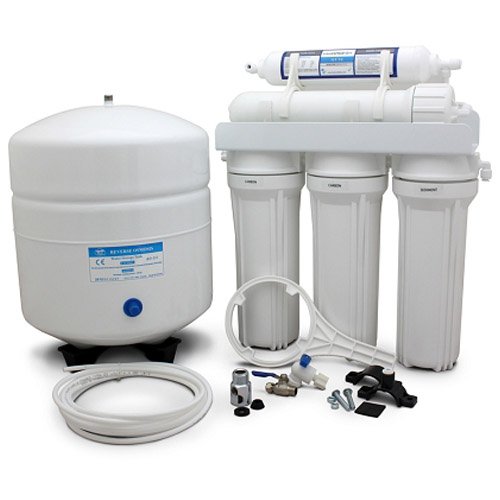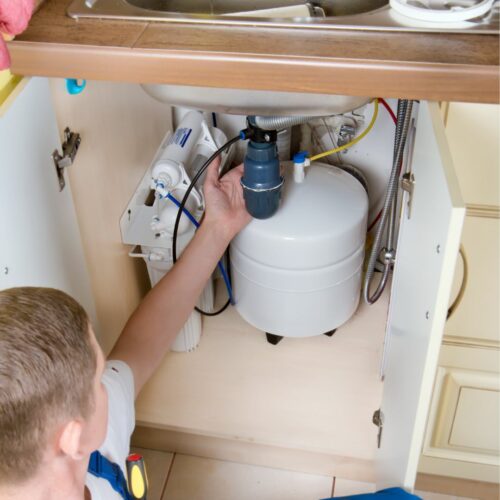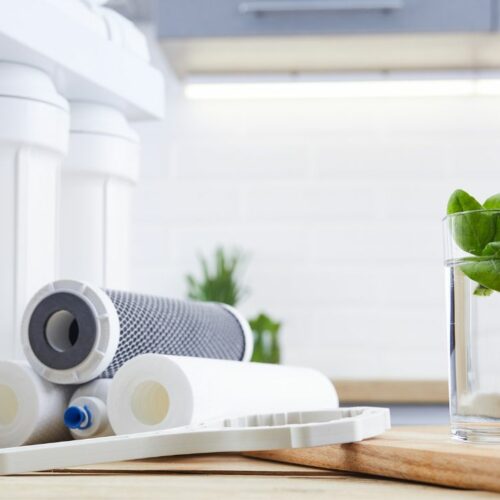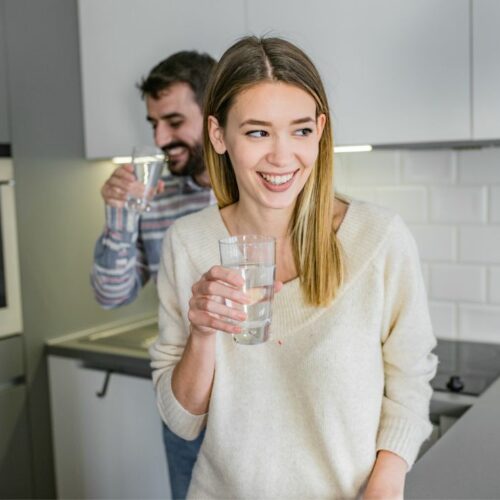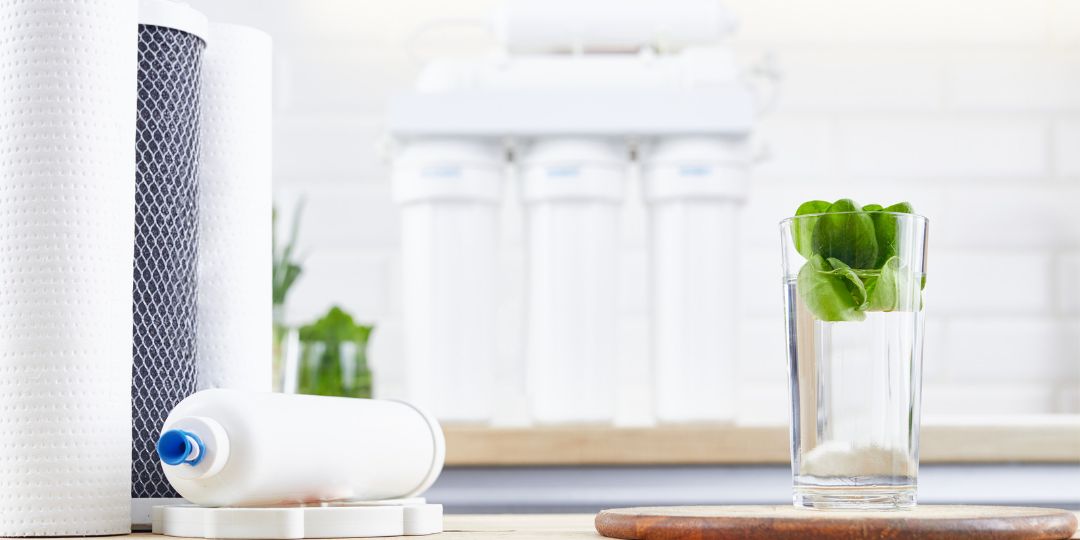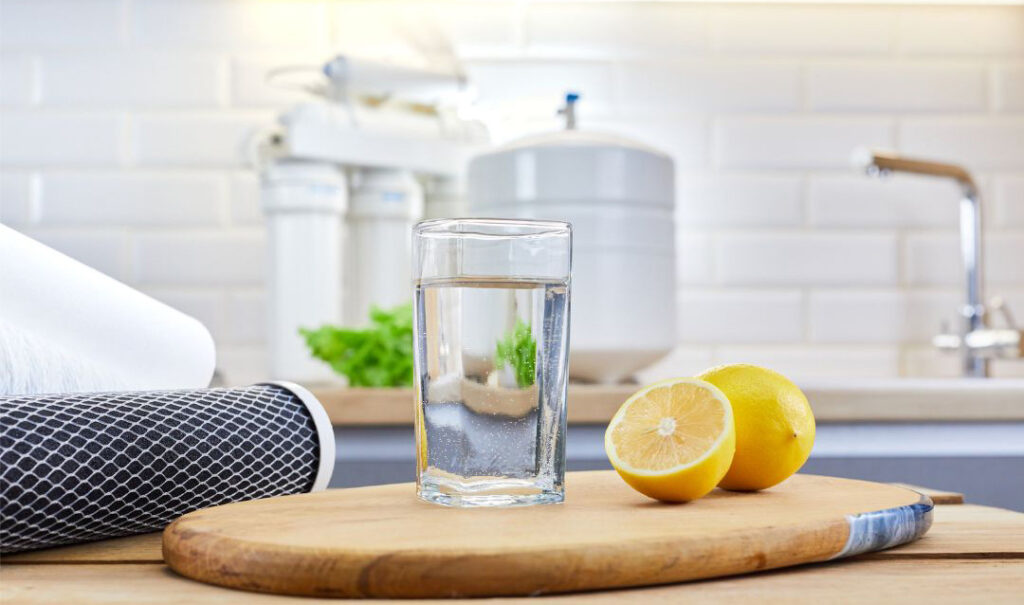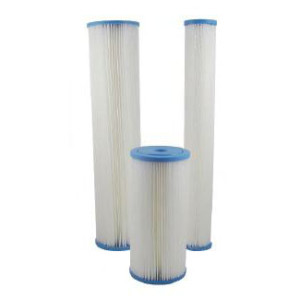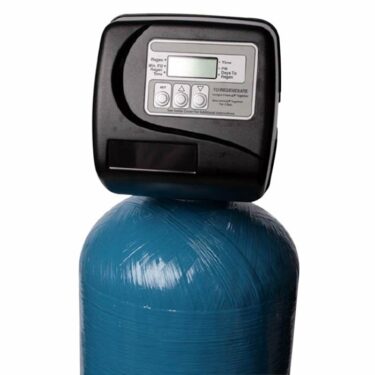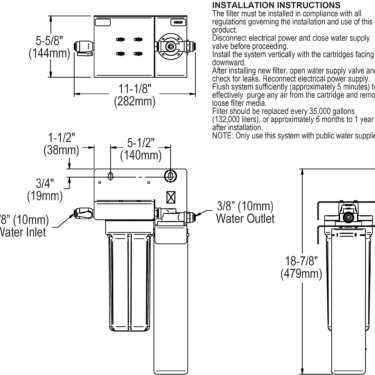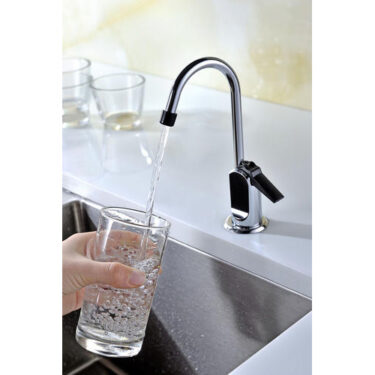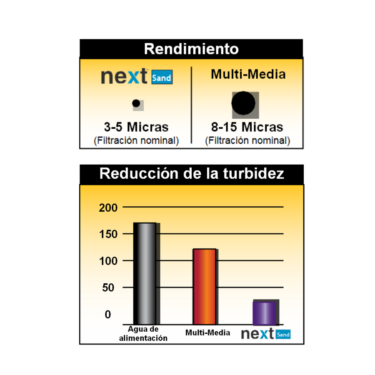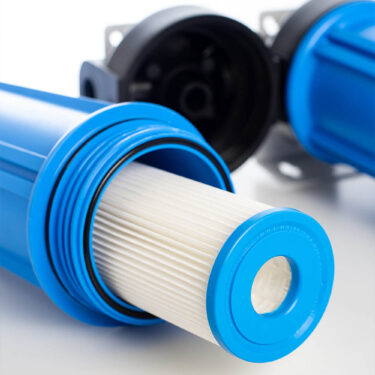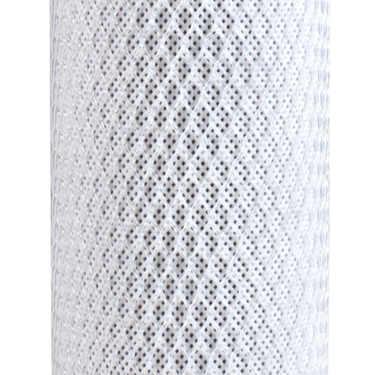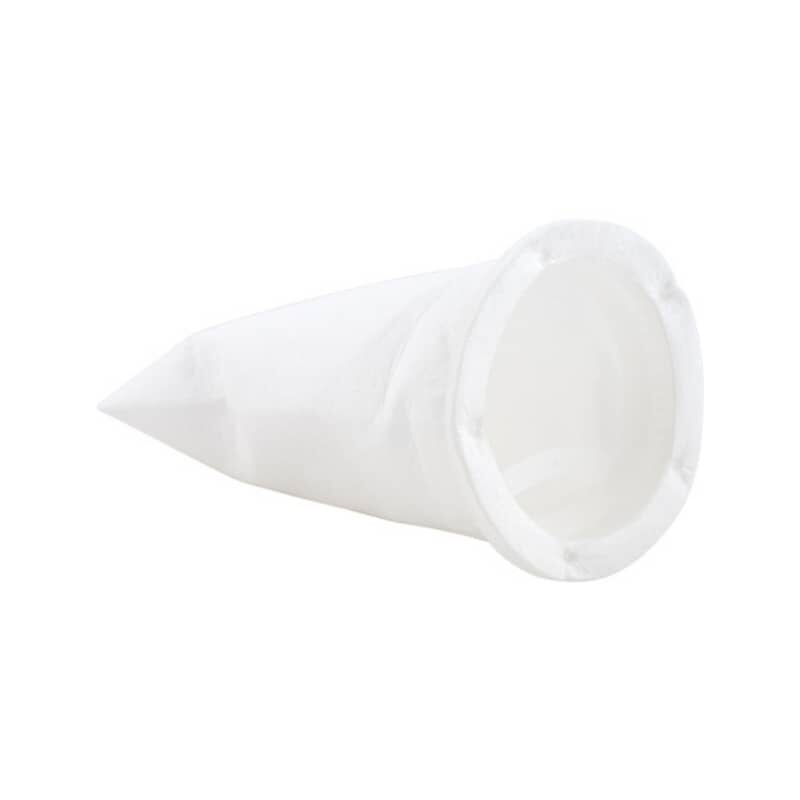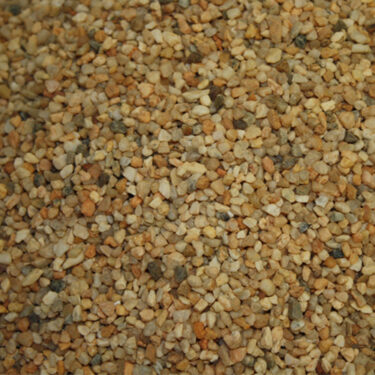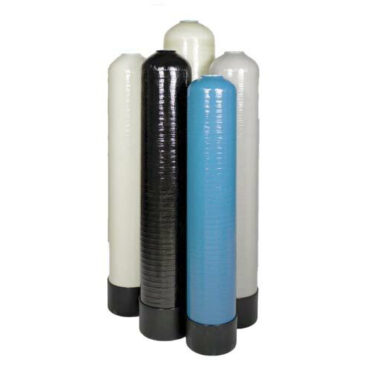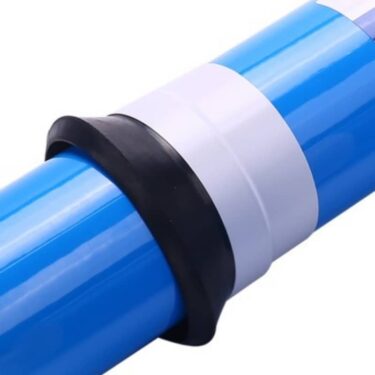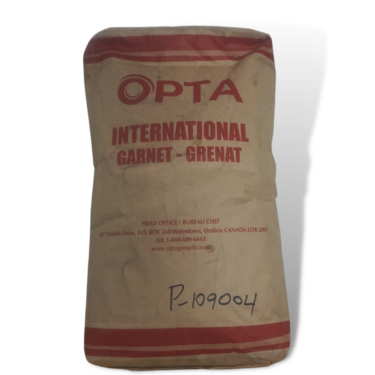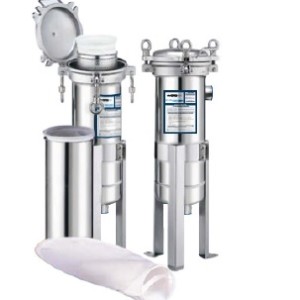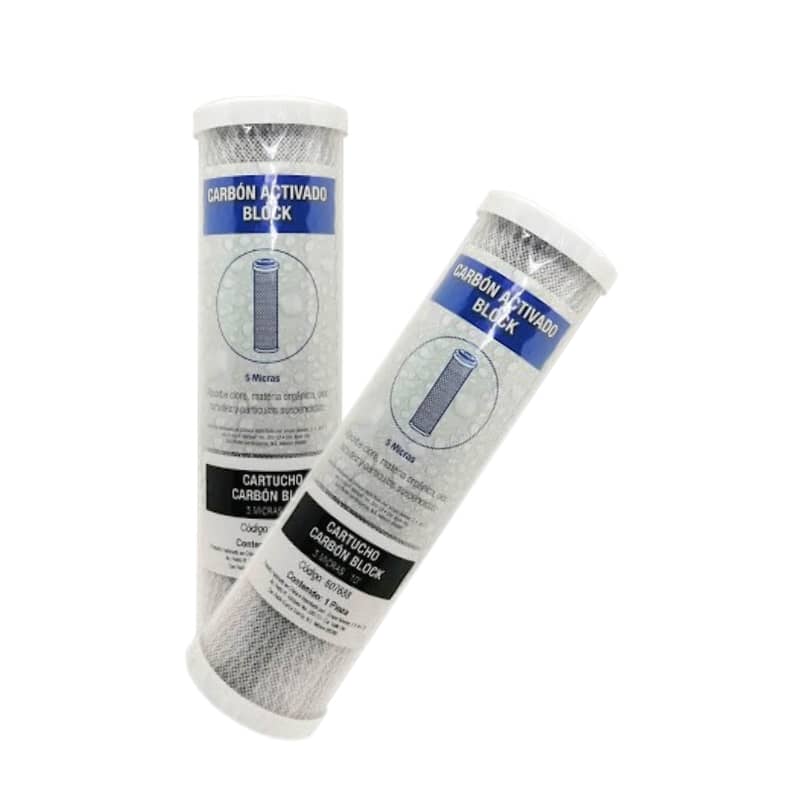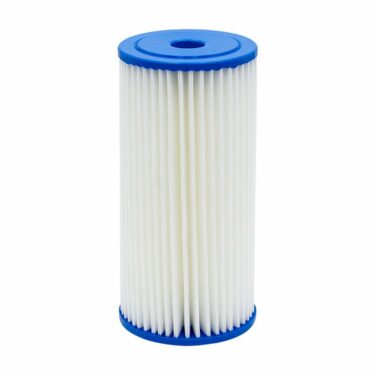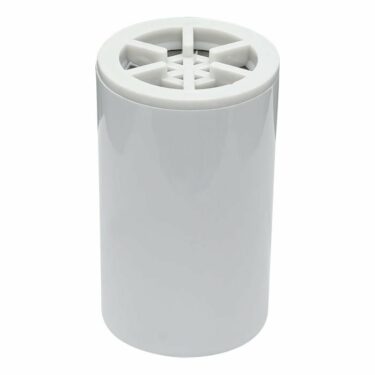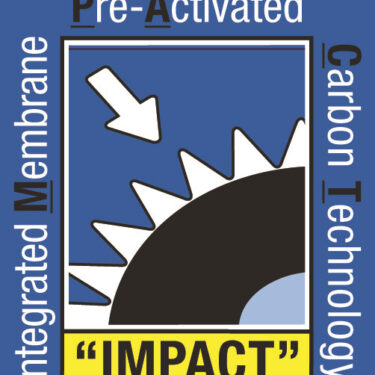Description
Reverse osmosis purifier for home or office use
The five-stage 100 gallon per day domestic reverse osmosis purifier, the safest method of water purification used in our time for drinking and cooking at home, is installed under your kitchen sink.
The membrane retains dissolved salts, heavy metals, other contaminants and inorganic compounds dissolved in the water, i.e. low salt water.
The purifier retains suspended particles larger than 5 microns (solids, amoebae, etc.) Removes organic contaminants, including those that give taste, odor and color.
Among the main groups of contaminants are pesticides, detergents, hydrocarbons, fats and oils. In addition, it eliminates free chlorine and prevents the development of microorganisms in the cartridge (bacteria).
Cartridge life time: 8 to 12 months
Requires a minimum operating pressure of 30 psi (There is an option to request equipment with booster pump included to increase the pressure, in case of not having hydropneumatic).
Features of the domestic reverse osmosis purifying filter:
Size of the cartridges and cartridge holder is 10″ standard size.
Includes goose-necked servo wrench and installation kit.
100% reliable domestic reverse osmosis and water filters.
How does a home reverse osmosis water purifier work?
A home reverse osmosis purifier works through a multi-stage filtration and purification process that uses a semi-permeable membrane to purify water. The basic steps of the reverse osmosis purification process are described below:
Pre-filtration to 5 microns: Water enters the purification system and passes through a sediment filter to remove large particles such as sand, soil and other sediments.
Activated carbon cartridge: The pre-filtered water passes through an activated carbon filter that removes chlorine, organic compounds and other chemical contaminants that may be present in the water.
Reverse osmosis semi-permeable membrane: Water pre-filtered and purified through activated carbon enters a reverse osmosis chamber containing a semi-permeable membrane. The membrane allows water to pass through, but retains contaminants such as arsenic, lead and dissolved salts, resulting in purified water.
Storage: The purified water is stored in a storage tank, while the wastewater, containing the contaminants and salts rejected by the semi-permeable membrane, is discharged through a drain pipe.
Post-filtration: Finally, the purified water passes through an additional activated carbon in-line cartridge before leaving the system to eliminate any possible residual taste or odor.
It is important to note that while home reverse osmosis systems can be very effective in removing a wide range of contaminants, they can also remove some important minerals and nutrients from the water, such as calcium and magnesium. Therefore, it is recommended that purified water be treated with mineral salts before consumption.
How does the domestic reverse osmosis purifying filter work?
Reverse osmosis purification is a very effective process used to purify water in domestic applications. This process uses a semi-permeable membrane to remove impurities from the water, including salts, heavy metals, chemicals and other contaminants.
In simple terms, the reverse osmosis purifier works by exerting pressure on the raw water, forcing it through the semi-permeable membrane. This allows only the smallest molecules, such as water, to pass through the membrane, while impurities are left behind. The result is purified water that is safe for human consumption.
For home use, a typical reverse osmosis system will include a series of filters prior to the purification process, including a sediment filter and activated carbon.
More about filtration and reverse osmosis
-
Also to buy online at Home Reverse Osmosis Filter 100 gallons of water – Filtrashop

